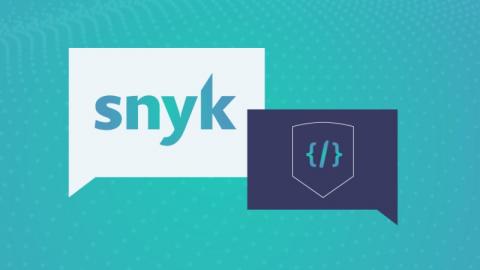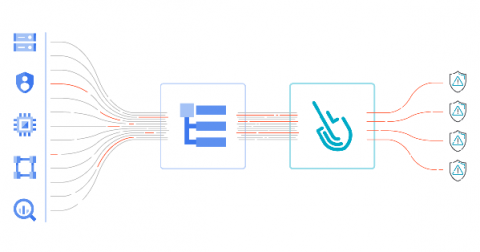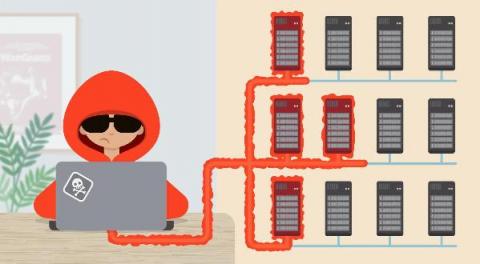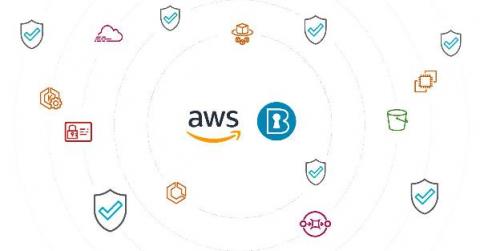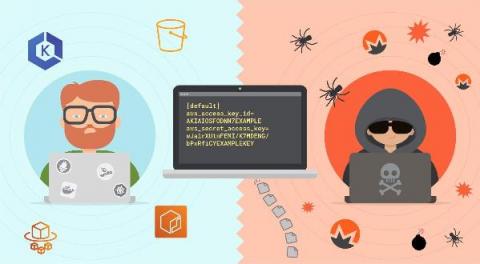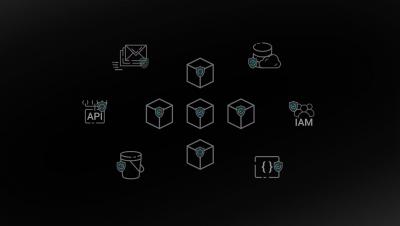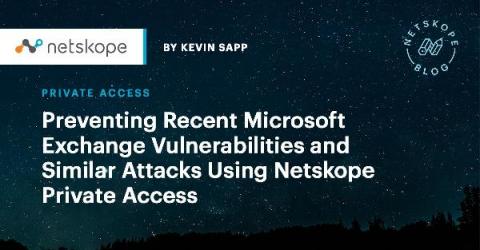Secure coding with Snyk Code: Ignore functionality with a twist
When scanning your code with our secure coding tool, Snyk Code might find all kinds of security vulnerabilities. And while Snyk Code is fast, accurate, and rich in content, sometimes there is the need to suppress specific warnings. Typical example use cases arise in test code when you explicitly use hard coded passwords to test your routines, or you know about an issue but decide not to fix it.


